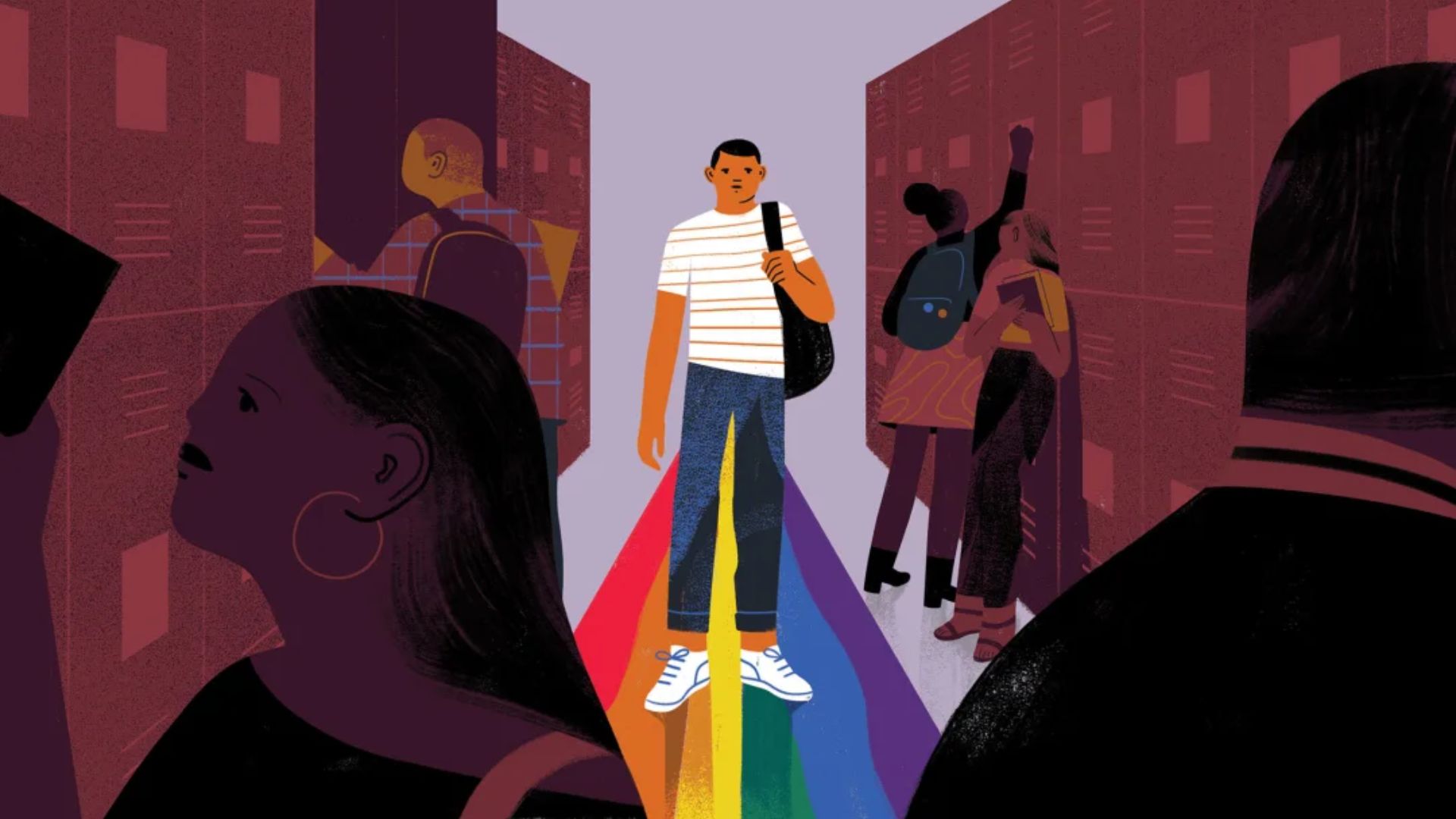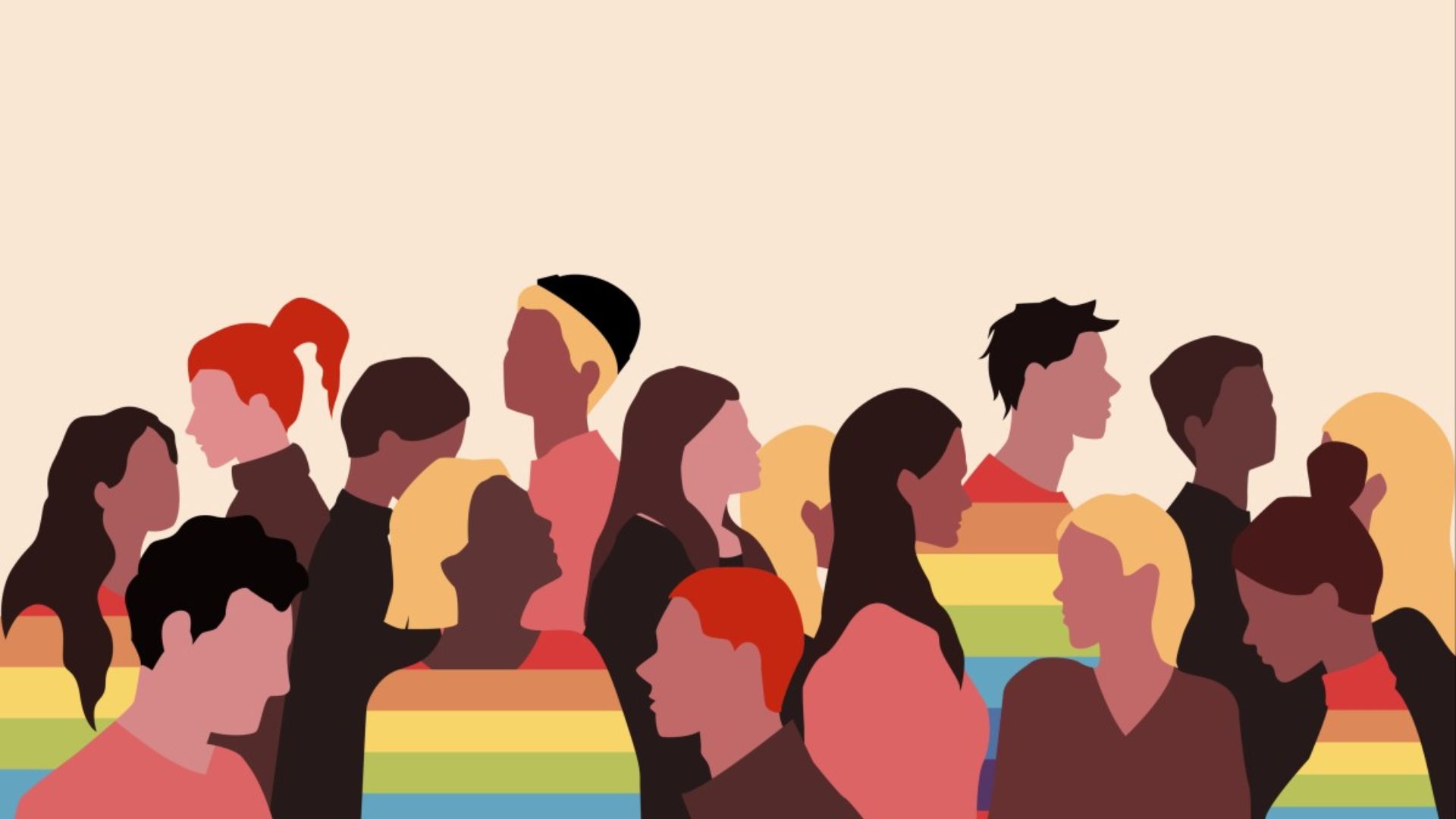When Charissa, who is in a same-sex relationship with her partner, came out about her sexuality in her late teens, it was not to a very inclusive environment.
“It was in 2015. I was 18 and I remember coming out to my family somewhere between the end of 2015 and early 2016 when my mental health condition was exacerbated by friendship problems and problems coping with my sexuality and school life in Junior College,” she says.
“I regularly had increasingly strong physical urges to kill myself after school whenever I was distressed by my mental state and sexuality. At that point, I felt forced to come out to my family to seek help and comfort about what I was experiencing,” she adds
Charissa says that most of the young LGBTQ+ people she knows personally, especially those who are now their 20s, struggle with finding acceptance among their family about their gender identity or sexuality. Their common fears include parents threatening to kick them out, continual denial among their families, and being forced to leave the resultant toxic home environment that results.
As awareness of the needs for acceptance and recognition of the LGBTQ+ community grows, nowhere can this recognition be clearer than in Singapore schools and education systems.
Schools and institutions of higher learning should be safe spaces where LGBTQ+ students and those who harbour same-sex attraction can reach their potential and get equal breaks at success.
Schools and the LGBTQ+ community

On 4 September 2019, Senior Parliamentary Secretary for Education Low Yen Ling told Parliament how teachers and counsellors in Singapore are given “very extensive training” to handle bullying targeting gender identity or sexual orientation.
She said this in response to then Nominated Member of Parliament Walter Theseira’s queries about the measures in place to combat bullying based on sexual orientation, gender identity or expression at educational institutions.
Ms Low highlighted that “no bullying of any form is tolerated at any time” in Singapore’s schools and post-secondary educational institutions (PSEIs).
“When working with students with sexuality-related issues, our school counsellor understands the sensitivity and they adopt an objective approach to ensure the overall best interest of the students,” she said.
“When these parents are eventually engaged, the school counsellors also facilitate discussion that enhances the parents’ understanding of the student’s concerns and issues,” said Ms Low.
Teachers are also taught at the National Institute of Education (NIE) in a teacher preparation programme that equips them with “strategies to address actions that are mean or hurtful” and “manage behaviour such as those that are targeting gender identity or sexual orientation”.
Ms Low emphasised how, after NIE, senior school staff work with the teachers in student management matters, as well as in “encouraging peer support amongst students”. She added: ‘’In the PSEis and schools, we have now percolated the peer support group because sometimes it takes the best friend or close friends to approach the teacher and share observations that their friend is suffering.’’
Yet in January 2021, a transgender student, who wanted to be known only as Ashlee, wrote a Reddit post detailing how the Education Ministry (MOE) had allegedly prevented her from receiving hormonal therapy to treat her gender dysphoria.
In response, a group of protestors demonstrated outside the Ministry building, waving placards that read “#FixSchoolsNotStudents” and “Trans students will not be erased”. The viral post and the conversations that ensued thereafter, including civil society debates, ministerial statements and a parliamentary response, surfaced the many issues young queer people encountered on a daily basis and threw into the spotlight how the Government treated transgender students.
Room for improvement

Ms Charlina G, a counsellor in a private school in Singapore, says counselling and student support staff in many schools here are “more aware about the LGBTQ+ community and more willing to reach out proactively to LGBTQ+ students” when they face discrimination and threats of harm.
“But I believe that more can be done, although I am grateful that at least baby steps are being made in the right direction. For example, more private spaces can and should be built for counselling of LGBTQ+ students as uncounselled students are more at risk for suicide, risky sexual behaviour, and being forced into silence about their sexual identities,” she adds.
Ms Karine Knox, a retired school counsellor in her 60s who has worked in the US and Canadian educational systems, says, “It is not clear how widespread the mental health and academic progress of LGBTQ+ students in Singapore is. But school and private counsellors should collaborate more frequently as the cross-conversations between the school and private environments can result in the blossoming of new and innovative community efforts to reach out to LGBTQ+ students.”
Youth worker Alex Teh from non-profit organisation Oogachaga says students’ right to privacy with what they share in confidence should be kept private, unless requested otherwise.
“Just because students are young, doesn’t mean they are not capable of deciding what information needs to be kept private, especially when divulging this information may expose them to harm. Students will feel safer knowing their autonomy is respected,” he adds.
New Zealand’s Ministry of Education publishes public guides on bullying in schools. The guides come with anecdotes and statistics on bullying that do not reveal any private information of individuals. They even include details on how bullying of LGBTQ+ students can be prevented.
Executive Director of Oogachaga Leow Yangfa says MOE can and should initiate conversations with the LGBTQ+ community stakeholders to better understand the issues faced by such students.
He adds, “Inclusive policies should be formulated to care for, protect and support queer students, and these policies should be made known to all.”
Ms Charissa is aware of younger people who are more accepting and open to members of the LGBTQ+ community but acknowledges that there are also unhelpful segments of society.
She says, “Throughout my teenage years and early young adulthood, I was surrounded by the conservative church and Christian friends. My close friends were Christians, and they were not accepting.”
“My source of external support at a point mainly came from my clinical psychologist, who is obligated to be neutral in a professional capacity. I went through times when I felt all alone in this world and felt there was no one who understood, because I struggled with communicating with my family and friends and getting the support and validation that I needed from them,” she adds.
Empowerment
When former teacher Otto Fong came out as gay, once in his teens and later again when he was in his 30s, the initial conditions were anything but accepting.
“My dad said to me, ‘Everything you worked for will be ruined’. ‘If I stayed in the closet, my whole life will be ruined,’ I replied quite defiantly. I was also fed up with my partner and I becoming the invisible ones during reunion dinners,” he says.
In contrast to his family’s reaction, Mr Fong, who now lives and works in Thailand, saw how his students stood up for him when he revealed his sexuality.
“‘Anyone who gives Mr Fong any grief will answer to us,’ said a group of my then-students to their classmates the weekend I came out publicly. The Head Prefect came to me in front of the whole school during flag raising the following Monday and shook my hand. For a teacher, that was probably the support that mattered the most,” he says.
Ms Charlina says there is a need to foster a space of inclusivity and safety that can begin with just acknowledging the existence of LGBTQ+ people.
“For instance, the teaching staff needs to adopt habits such as introducing themselves with their pronouns and encouraging students to do the same while using gender-inclusive language such as they and them,” she says.
“Topics such as being allies, understanding the meaning of allyship, looking beyond the term multiculturalism and learning of minority issues that students face such as racism, disability and being queer can be discussed to get the students interested in issues beyond their own lives,” she adds.
Ms N. Natalie, a teacher in an independent school here and who does not want to use her real name because she is “not cleared to talk to the media”, says that private and international schools seem to be more prepared to engage with LGBTQ+ students and teaching staff, primarily because their home countries and educational systems are better equipped to engage with the LGBTQ+ community.
“But local schools here are taking serious steps towards setting aside their biases and working to engage with LGBTQ+ students, especially since 2021. The concerns about mental health and increased risk of suicide among students arising from the Covid-19 pandemic isolation has led to more awareness of how these mental health issues could lead to more severe effects among the LGBTQ+ students,” she says.
RELATED: The impact of not legalising same-sex marriage
Join the conversations on TheHomeGround Asia’s Facebook and Instagram, and get the latest updates via Telegram.




























